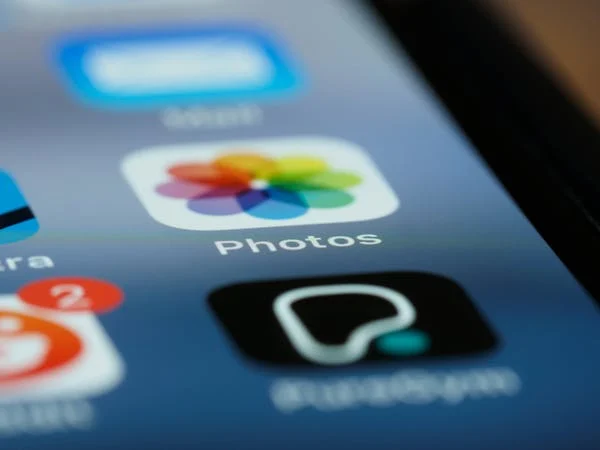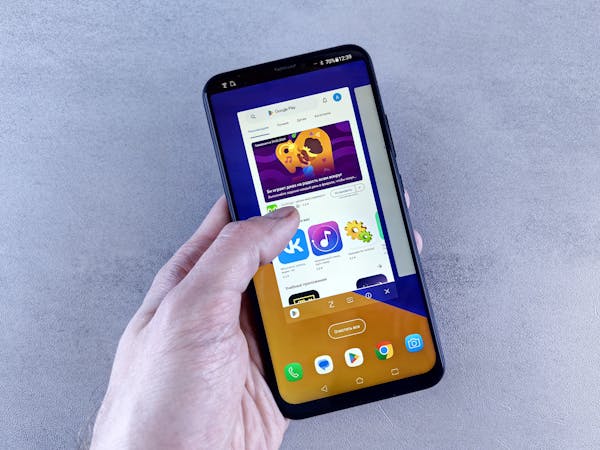Are Foldable Phones the Future or Just a Fad?
In recent years, foldable phones have captured the tech world’s attention, with companies like Samsung, Huawei, and Motorola pushing the boundaries of smartphone design. These devices promise a more flexible and futuristic approach to mobile technology, combining the convenience of a phone with the large screen experience of a tablet. But as exciting as they are, there’s an ongoing debate: Are foldable phones the future, or are they just a passing fad?
Let’s take a closer look at this question and explore both the advantages and challenges that foldable phones bring to the table.
The Promise of Foldable Phones
Foldable phones aim to solve a common dilemma many smartphone users face: the need for portability without sacrificing screen size. With the ability to fold, these devices can easily fit into your pocket or bag, and then unfold to offer a larger display when needed. The idea is to combine the functionality of multiple devices into one, making foldable phones a versatile option for people who need both a compact phone and a bigger screen for tasks like watching movies, multitasking, or gaming.
Several foldable models, including the Samsung Galaxy Z Fold and Z Flip, and the Motorola Razr, have already been released to the public, showcasing the potential of this new technology. Here’s why foldable phones are seen by some as a glimpse into the future of smartphones:
1. Innovation and Novelty
Foldable phones represent a significant leap in design, pushing the boundaries of what we thought was possible with smartphones. The ability to fold and unfold a device, while maintaining functionality, is an exciting concept that hasn’t been explored on a large scale before. For tech enthusiasts and early adopters, these devices are a symbol of innovation and creativity.
2. Larger Displays in a Compact Form
For many users, the need for larger screens is a constant desire. Whether it’s for work, media consumption, or gaming, larger screens offer a better experience. Foldable phones give users a solution by providing a portable device that expands into a much larger display when needed, without the bulk of traditional tablets or large phones.
3. Multitasking Made Easier
With their larger, flexible screens, foldable phones allow users to run multiple apps side by side, enhancing productivity. The ability to seamlessly switch between apps or view content on a split screen offers an enhanced multitasking experience, particularly for business professionals and people who need to juggle several tasks at once.
4. Unique Form Factors
The variety of foldable designs—like the clamshell design of the Z Flip or the book-style design of the Z Fold—offers consumers more choices for how they interact with their devices. These unique form factors cater to different preferences, and the novelty of using something so distinct can be appealing.
The Challenges of Foldable Phones
Despite the promise, foldable phones face significant challenges that could hinder their mass adoption and long-term viability. While these devices are groundbreaking, there are a few obstacles standing between them and mainstream success:
1. Durability Concerns
One of the most significant drawbacks of foldable phones is their durability. Unlike traditional smartphones, which feature sturdy glass and metal construction, foldable phones rely on hinges and flexible screens, which can be more prone to wear and tear. While companies have made advancements in improving hinge quality and screen durability, foldable phones still face the challenge of lasting as long as their non-folding counterparts.
Repeated folding and unfolding of the screen could cause damage over time, and users may worry about how long the device will maintain its functionality. The creases that form on the screen after folding are another common concern, and though manufacturers are working on minimizing these, they can still be visible, affecting the aesthetics of the phone.
2. High Price Tags
Currently, foldable phones are premium devices, often priced much higher than traditional smartphones. For example, flagship models like the Samsung Galaxy Z Fold and Z Flip can cost upwards of $1,800, which puts them out of reach for the average consumer. This price disparity could hinder their widespread adoption, especially in a market where affordability is a major consideration for many buyers.
As with any new technology, the hope is that prices will drop over time as manufacturing processes improve and demand increases. However, for now, the high cost is one of the biggest hurdles for foldable phones.
3. Limited App Optimization
Although foldable phones offer a larger display, many apps aren’t yet optimized to take full advantage of the folding screen. While Android has made strides in adapting its system to better handle multitasking and large displays, many third-party apps haven’t been updated to work seamlessly across different screen orientations.
Without proper app optimization, the foldable experience can feel fragmented. The extra real estate might go unused, and the user experience can be inconsistent, especially when transitioning between folded and unfolded states.
4. Fragility of Flexible Screens
While flexible OLED displays have made significant progress, they are still more fragile compared to traditional glass screens. This increases the risk of accidental damage, especially if the phone is dropped or subjected to pressure in a bag or pocket. Even though manufacturers are working on strengthening these flexible screens, they still haven’t reached the level of durability that users expect from smartphones.
5. Battery Life Limitations
Given the complexity of foldable designs, battery life can sometimes take a hit. The folding mechanism and large screen often require more power, which can reduce the overall battery life of the device. While foldable phones generally have decent battery life, they might not be able to keep up with the power-hungry demands of modern users, particularly those who use their phones extensively throughout the day.
Are Foldable Phones the Future or a Passing Fad?
Ultimately, whether foldable phones are the future or just a passing fad depends on how manufacturers address the challenges they face. The potential is certainly there—foldable technology has the power to revolutionize the way we use smartphones, offering more flexibility and better multitasking. However, durability concerns, high price tags, and limited app optimization still need to be worked out.
For now, foldable phones are definitely exciting, but they are still in their early stages of development. As technology advances and the industry finds ways to make them more affordable and durable, foldable phones could become more mainstream. Whether or not they will become the dominant form factor remains to be seen, but for tech enthusiasts, they certainly offer a glimpse of what the future of smartphones could look like.







